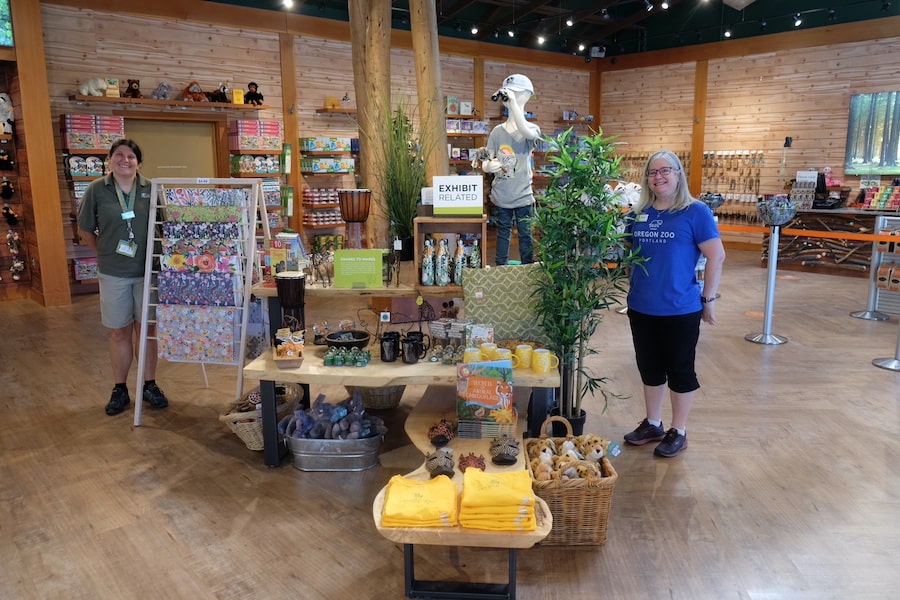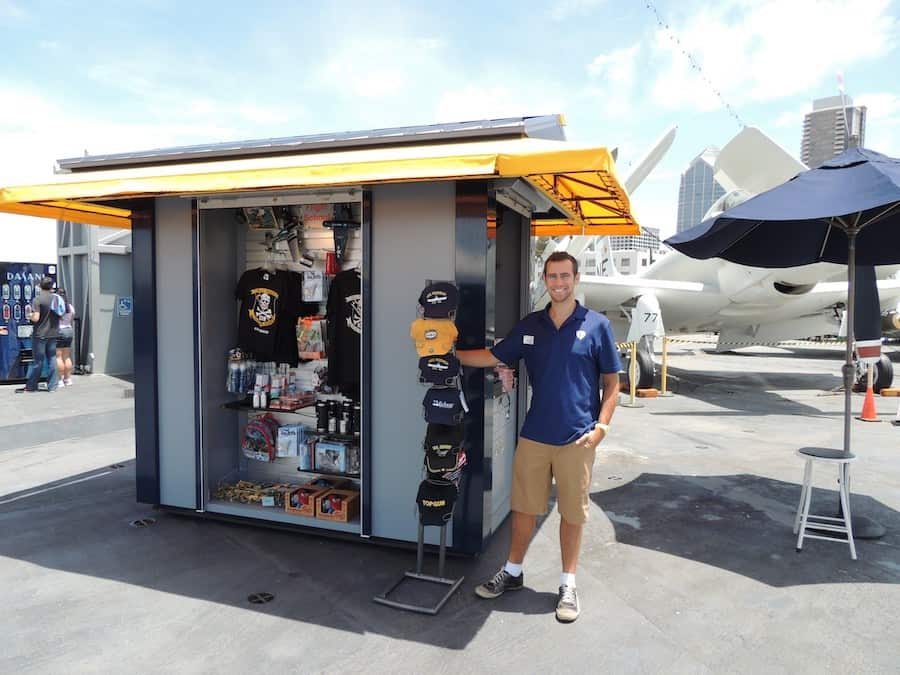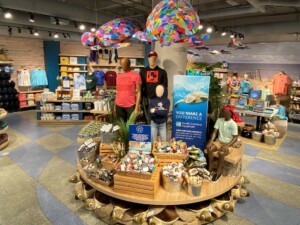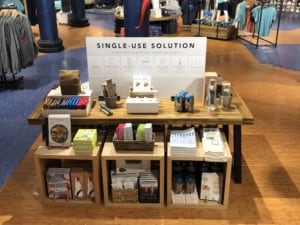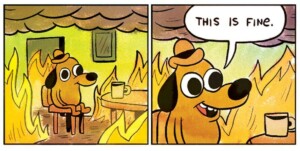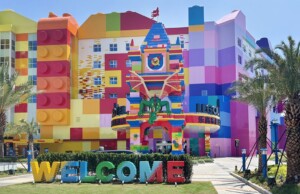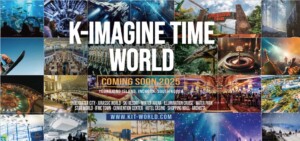by Amy Isenberg, Event Network
With more than 150 million Americans fully immunized, as of June 2021, new state guidelines mean more re-openings for museums and cultural attractions across the US. Open doors and the expansion of experiences now available to guests mean that operators are now hiring for full-time and part-time positions after COVID – especially during the Summer season.
Yet finding passionate team members to work on-site at a venue (and inside the shops) is more challenging than ever before. Here is a look at some of today’s staffing challenges facing retailers and cultural attractions. We also explore a few helpful strategies to attract – and retain – the best talent right now.
A “perfect storm” affecting hiring after COVID
Career shifts
After organizations transitioned to work-from-home scenarios during the pandemic closures, many workers now consider remote working a possibility that did not exist prior to the pandemic. Meanwhile, frontline employees and those who physically interact with the public all day, such as retail workers, are reluctant to return to on-site locations. Instead, they are seeking remote working alternatives.
According to the US Bureau of Labor Statistics, roughly 4 million people quit their jobs in April alone. This is the highest quit level in the history of the report. It also noted that American retail workers quit more than people in any other industry.
Less urgency
Some workers are still receiving COVID-19 related benefits, hampering the supply of jobseekers and raising the wage expectation.
Higher cost
Although minimum wage is going up in many states, some employers are offering signing bonuses and other financial perks to attract talent.
Disney announced last month that they are offering new employees a $1k USD signing bonus, while restauranteur Wolfgang Puck shared how difficult it is hiring staff for his restaurants after COVID despite servers earning $120k per year. Service and retail offer amounts are higher than they ever were.
Filling seasonal positions quickly
With staffing demands at an all-time high, hiring teams must scale quickly. So how can employers fast-track the process?
Prioritize culture fit
A typical interview process can take anywhere from 30 minutes to 1 hour, and involve more than one stakeholder. Focusing on Culture Fit can streamline the interview. When a candidate demonstrates that his/her ethics and attitude align with the company’s, it’s an early indicator that the process should continue to move forward.
Keep in mind the law of diminishing returns. Nearly half of those who are extended an offer may ultimately not join your team. Plus, background checks that typically take a few days to complete are now taking longer due to backlogs. Recognizing the many procedural hurdles involved, being quick to recognize culture fit will help fast-track the ability to hire up.
Be practical
Many college students who were taking online classes during COVID are moving toward a hybrid schedule of online and in-person attendance. This creates flexibility during their days for a part-time job.
High school students embarking on their first job and who meet the minimum age requirement for your state may also be good hiring choices for part-time positions after COVID. This is because they are less likely to receive pandemic-related unemployment aid.
Connect on the platforms where they live
Chalk it up to social media or mobile devices, but the way people communicate and interact with companies is changing.
Relaxing traditional protocols such as formal cover letters and using other forms of communication including DMs (direct messages), IMs (instant messages), text, and other informal communication methods across relevant platforms can help connect with more candidates.
Retain your best employees
Recruiting, screening, onboarding and training new employees is expensive. Furthermore, employee attrition can also take a toll on company culture, morale, and team productivity. Retaining great team members always makes financial sense.
What keeps them around? It’s not (just) the money. According to Linkedin’s 5th Annual Workplace Learning report, employees at companies with internal mobility stay almost 2x longer.2 Offering ongoing learning opportunities to upskill, a path to advancement, and a supportive manager are all key factors of employee retention.
A strong company culture will keep employees engaged, productive, and happy.

